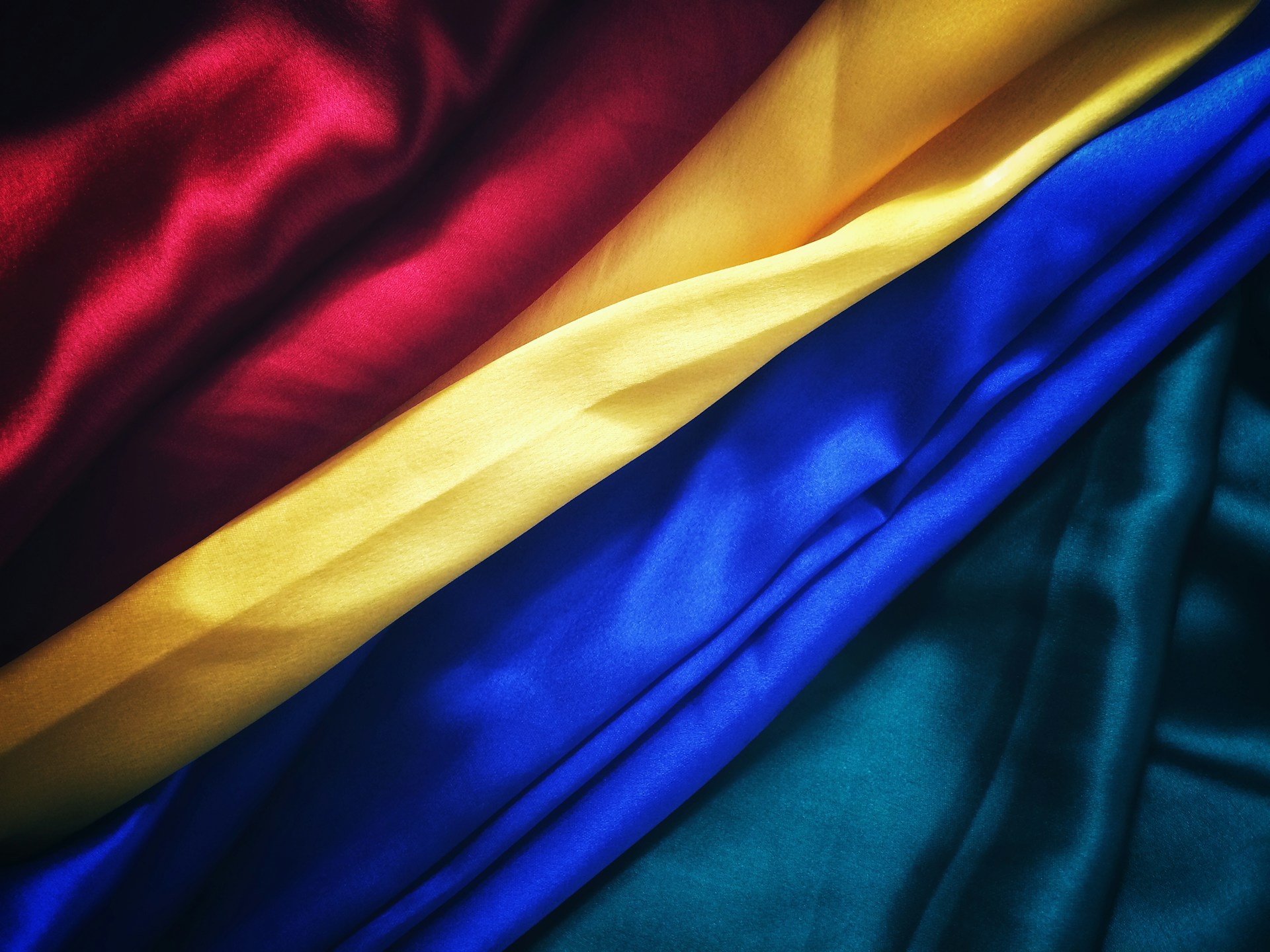Characteristics of Common Fabric Materials
Selecting the right fabric is crucial when it comes to fashion and comfort. Each material offers unique characteristics that can significantly impact the look, feel, and functionality of your clothing. Here’s a guide to understanding the key features of some common fabrics to help you make informed choices.
Cotton
Cotton is a natural fiber known for its softness, breathability, and versatility. It is highly absorbent and comfortable against the skin, making it a popular choice for everyday wear. However, cotton can wrinkle easily and may shrink when washed, so it’s essential to follow care instructions closely.
Silk
Silk is a luxurious fabric prized for its smooth texture and natural sheen. It is lightweight, strong, and drapes beautifully, making it ideal for formal wear and elegant garments. Silk also has excellent temperature-regulating properties, keeping you cool in the summer and warm in the winter. However, it requires delicate handling and specialized cleaning.
Wool
Wool is a durable and insulating fabric, perfect for colder climates. It retains heat well, wicks moisture, and resists wrinkles and odors. Wool’s natural elasticity helps it retain its shape, making it suitable for structured garments like suits and coats. However, some types of wool can be itchy, and it requires careful washing to avoid shrinking and felting.
Linen
Linen is a natural fabric made from flax fibers, known for its breathability and lightweight feel. It is highly absorbent and dries quickly, making it ideal for warm weather. Linen has a crisp texture that softens over time, but it is prone to wrinkling and may require frequent ironing.
Polyester
Polyester is a synthetic fabric valued for its durability, resistance to shrinking and wrinkles, and ease of care. It dries quickly and retains its shape well, making it popular for activewear and everyday clothing. However, polyester is less breathable than natural fibers and can trap heat and moisture.
Bamboo
Bamboo fabric is an eco-friendly option known for its softness, breathability, and moisture-wicking properties. It is hypoallergenic and has natural antibacterial qualities, making it suitable for sensitive skin. Bamboo fabric is also biodegradable, contributing to its appeal as a sustainable choice.
Conclusion
Understanding the characteristics of these common fabrics can help you choose the right material for your needs. Whether you prioritize comfort, durability, or eco-friendliness, selecting the appropriate fabric ensures that your clothing not only looks good but also feels good to wear.
Thank you for reading this post, don't forget to subscribe to our newsletter!


